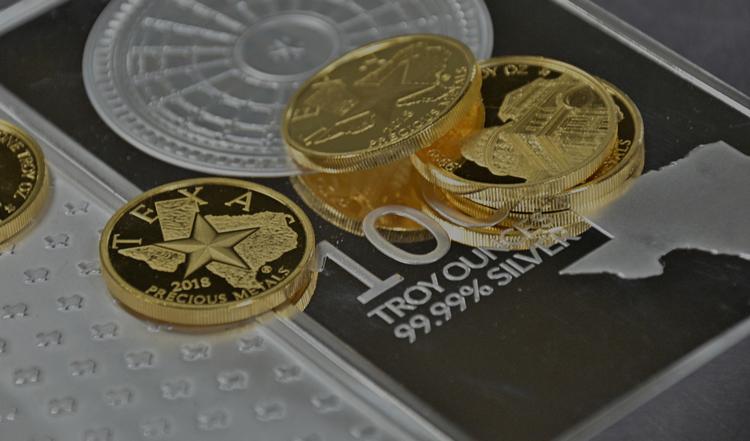Skip to main content






All News

Precious Metals Market Update: 1/9/2026Read the Article
January 09, 2026
Gold climbs to $4,521 and Silver surges 4.8% to $80.67 as weak US payrolls fuel rate cut bets. Read our Jan 9 update on the post-NFP rally.

Precious Metals Market Update: 1/8/2026Read the Article
January 08, 2026
Palladium jumps nearly 3% while Gold holds $4,460 ahead of Friday's payrolls data. Read our Jan 8 update on the mixed trading action.

Precious Metals Market Update: 1/7/2026Read the Article
January 07, 2026
Gold dips to $4,472 and Silver retreats to $78.26 as volatility triggers profit-taking. Read our Jan 7 update on the correction in industrial metals.

Precious Metals Market Update: 1/6/2026Read the Article
January 06, 2026
Silver surges past $80 and Platinum jumps 8% as China's supply squeeze accelerates. Read our Jan 6 update on the historic breakout in industrial metals.

Precious Metals Market Update: 1/5/2026Read the Article
January 05, 2026
Gold jumps to $4,442 and Silver rallies 6% to $77.34 as New Year allocations and China export bans drive prices. Read our Jan 5 update on the massive sector-wide breakout.
